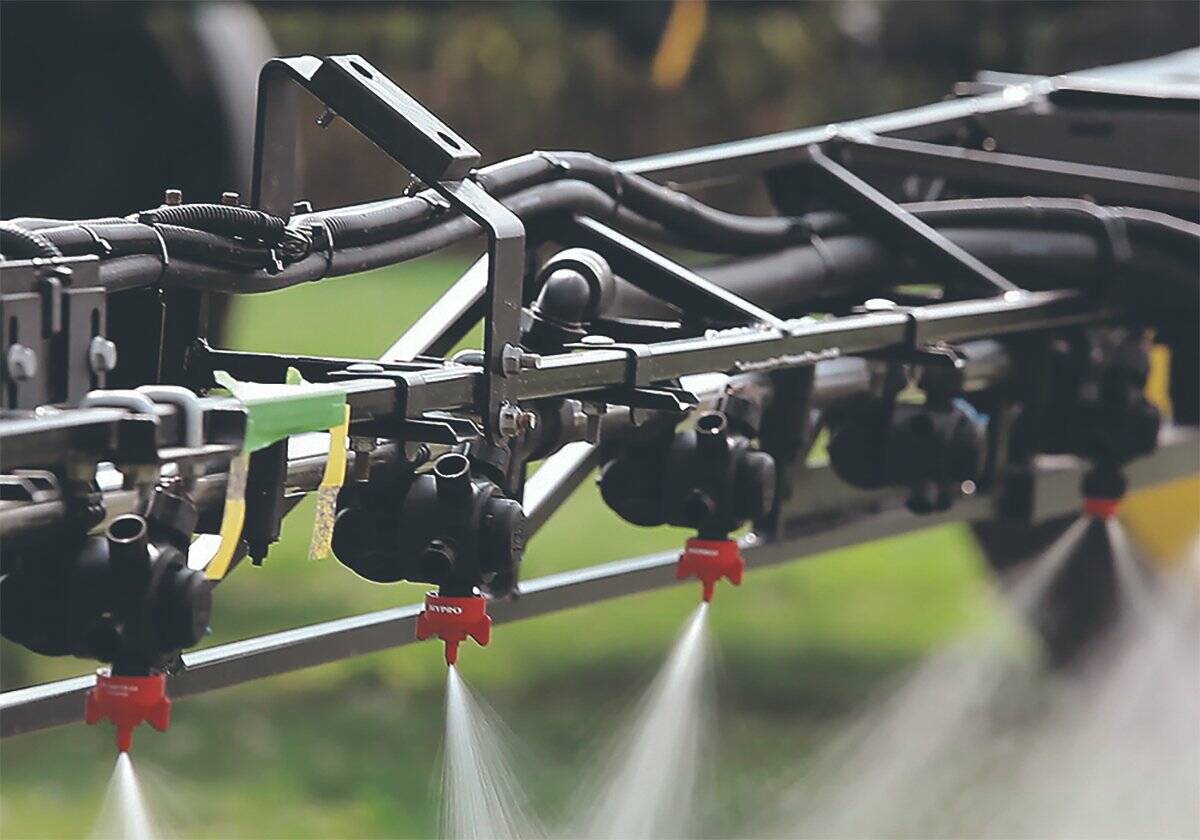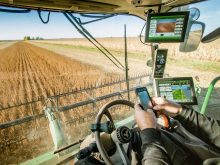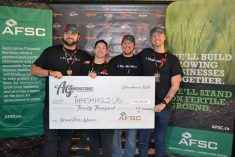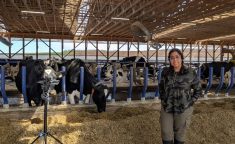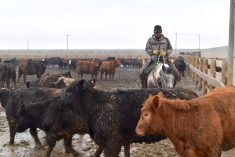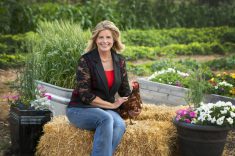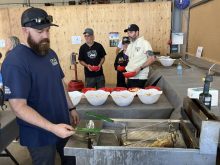Tyler Torrie of TNT Pollination in southern Alberta has always had an inquisitive mind.
Using data-driven decisions on crop yields, bee behaviour and environmental factors to innovate and ensure farmers achieve optimal yields, Torrie was still finding some things lagging with the process and thought there must be a better way.
“I was feeling frustrated with some of the shortcomings of the industry in communication and how it worked. I thought to myself, ‘I can either sit and whine about it or I can do something about it and build something to fix the problem,’” said Torrie.
Read Also
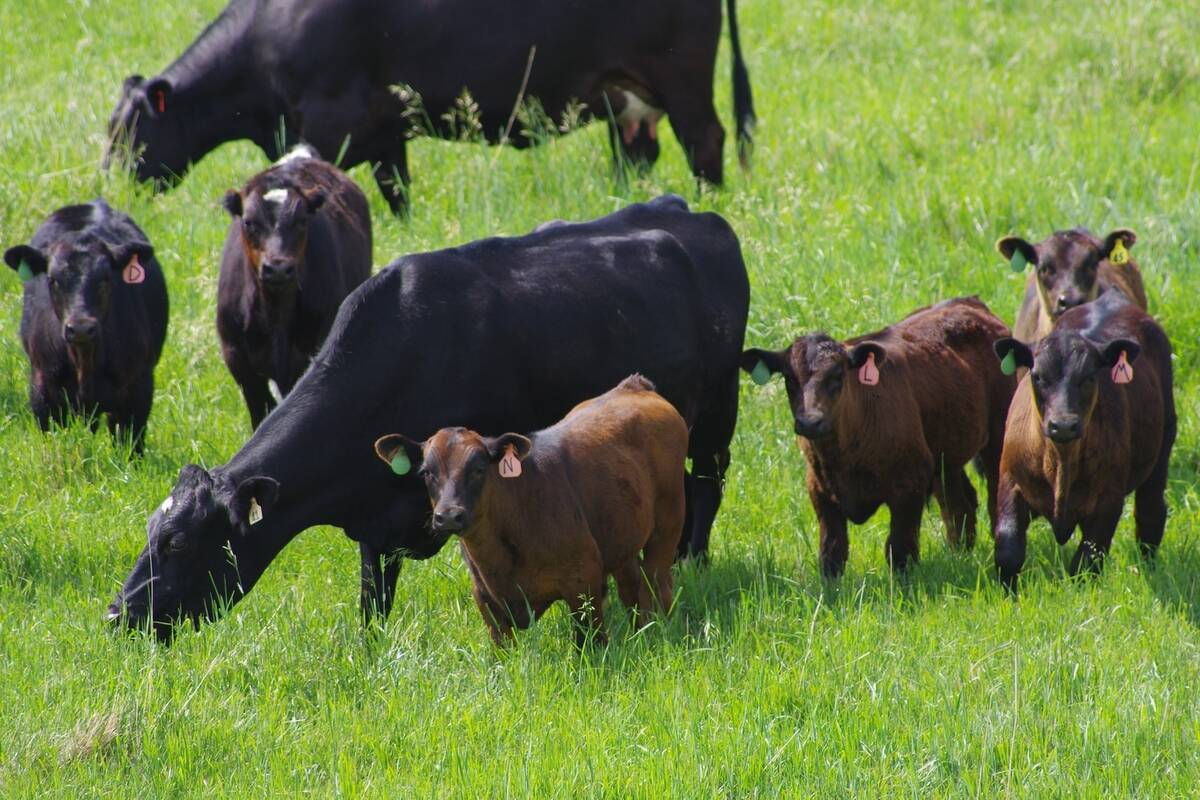
Grazing ‘sweet spot’ boosts pasture performance
Timing-focused approach to pasture management touted to boost forage growth, livestock gains while also cutting farmer labour and inputs
That’s how he came up with the fully functioning PollinLink app.
It is primarily for project management for seed canola and other crops, focusing on chemical safety and task management co-ordination.
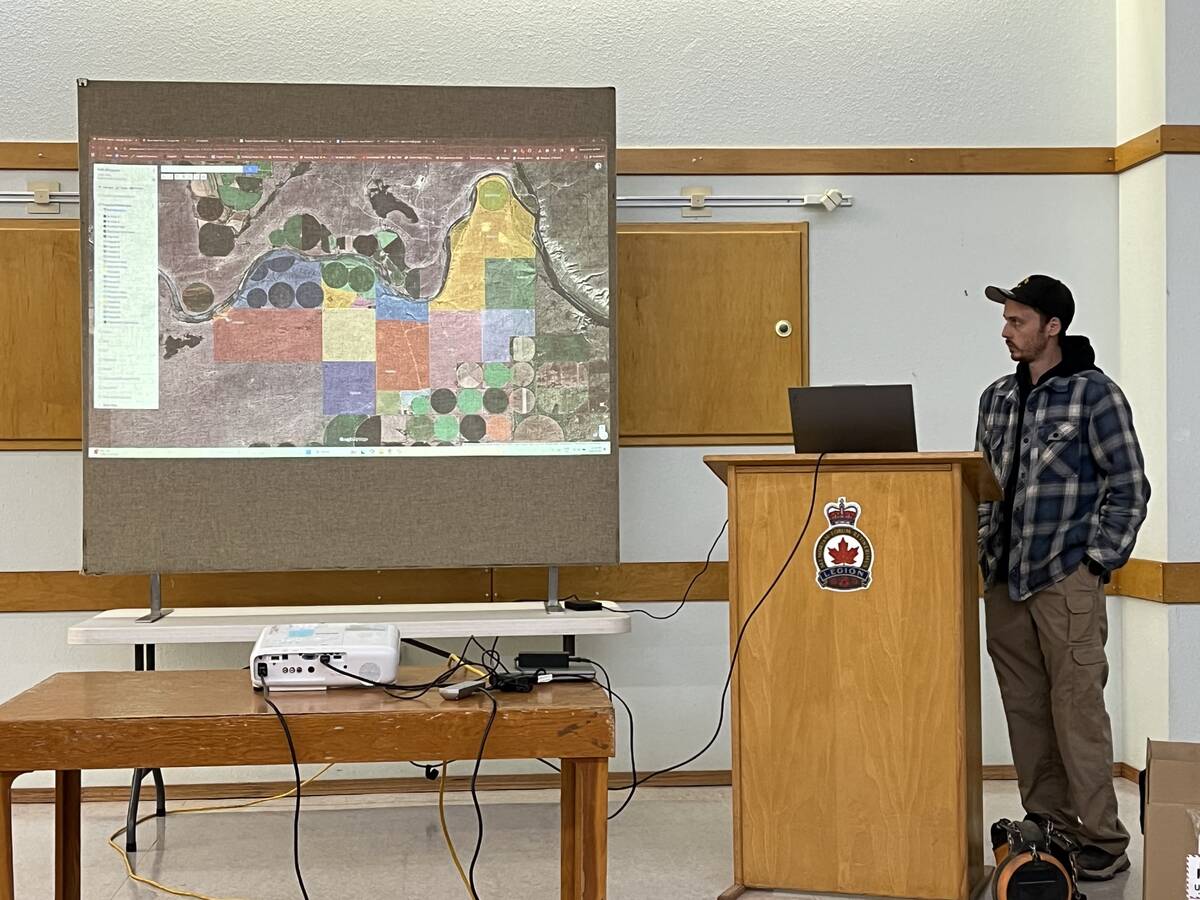
Torrie was finding communication breakdowns in field co-ordination.
“It’s scheduling, managing, especially when you are doing it with multiple different companies. You’d be having three different companies asking you for something on the exact same day and you’d have to be the bad guy and explain why that doesn’t work. There was no centralized way of organizing all those efforts,” said Torrie, adding there are also safety concerns when communication breaks down and tasks are not aligned or spaced properly.
“There really isn’t any good system out there for alerting people if chemicals have been applied. You have people out in the field, and so the natural consequence of having everyone’s schedules and everyone is managed knowing when they are in and out of the field. Then it’s really easy to give chemical alerts to people. It alerts all the people tied to that field and says ‘hey don’t go in for 24 hours’.”
Torrie said interest is growing in efforts to co-ordinate pollinators, rouging crews and the major seed companies in the field, and the project is expanding into potatoes and some other industries.
“Hopefully it will be funded by grants. It has the potential for a lot of industry involvement. It fits in with the pollination side and seed canola,“ said Torrie.
The initial prototype was released in May as Torrie worked with a development team. He did not do the coding, but built the design, handled the sales side, provided funding and did the testing.
He had built a couple of apps using the program Appsheet, but for this huge project, he hired a team.
He hopes the app’s full capabilities will be realized over the next two years as it is updated.
“I have lists and lists in my head,” said Torrie.
“Specifically for leaf-cutter bees, incubation management, ways for people to be able to manage their crews and teams to get the job done in an efficient and safe manner.”
For more information, visit pollinlink.com.

